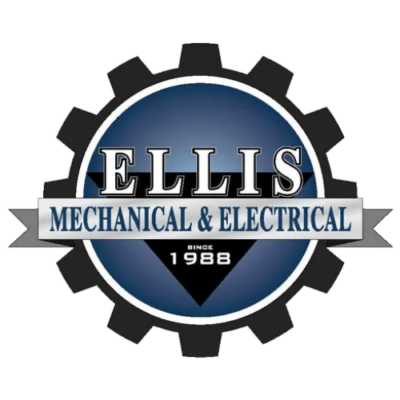Landmark Guidance: How IRS Rev. Proc. 2025-28 Changes R&E Tax Deductions
On August 28, 2025, the IRS released Revenue Procedure 2025-28. This is the first clear guidance under the One Big Beautiful Bill Act (OBBBA). It reverses the mandatory amortization of domestic research and experimental (R&E) expenses that began in 2022.
This new guidance gives small businesses a chance to change past returns and get big refunds. It also provides transition relief for other taxpayers and clarifies how to deduct R&E costs starting in 2024.
Businesses need to act quickly as strategic tax planning is essential to maximize benefits and avoid compliance risks.

How we can help Our dedicated team of tax professionals and industry specialists will:
Immediate Relief for Small Businesses: Retroactively Apply New Rules to 2022-2024
The most significant opportunity in the new guidance is for “eligible taxpayers”. This offers a chance to undo the negative impact of the TCJA amortization rule for tax years 2022 through 2024.
Who Qualifies as a Small Business?
To qualify for this retroactive election, your business must be a taxpayer. Your business must also meet the gross receipts test under 448(c) and it cannot serve as a tax haven. This means your average annual gross receipts must be less than the inflation-adjusted amount of $31 million.
What Are the Options?
If your business qualifies, you may elect to retroactively apply the new 174A rules, choosing to either:
- Deduct 100% of the domestic R&E expenditures in the year they were originally incurred by filing amended returns (or an Administrative Adjustment Request (AAR) for partnerships).
- Continue to amortize R&E expenditures over at least 60 months.
- Deduct the un-amortized remaining amount ratably over a two-taxable-year period, beginning with the 2025 tax year.
Key Deadlines You Cannot Miss:
- Final Election Deadline: The election to amend must be made before July 6, 2026, or the expiration of the statute of limitations for the tax year.
- Crucial Refund Warning: The statute of limitations for filing a refund claim under 6511 was not extended. For a 2022 tax return, the deadline to claim a refund could expire months before the July 6, 2026, election deadline. Acting quickly with an expert partner is critical to preserving your right to a refund.
Why choose Ayming?
Billion secured for our clients globally
Million secured in tax credits for our US clients in the past year
clients globally in all sizes and sectors
success rate on all claims submitted
Path Forward for All Businesses: Transitioning 2022-2024 Costs
For businesses that do not qualify as a small business or choose not to make the retroactive election, Rev. Proc. 2025-28 provides two powerful options for handling the remaining unamortized domestic R&E costs. Taxpayers can elect to:
- Deduct the full remaining unamortized amount in the first taxable year after December 31, 2024. This means you can do it in the 2025 tax year.
- Amortize the remaining amount ratably over the original capitalization schedule.
This election is made via a simplified automatic change in the method of accounting.
Accelerating these deductions can provide an immediate cash tax benefit. However, it’s important to remember that states may not automatically follow these new federal rules. This adds more complexity that needs expert tracking and analysis.
Ayming’s experts strive to determine the optimal strategy in consultation with our clients, ensuring you get the maximum benefit without triggering unintended consequences.

Section 174A Frequently Asked Questions (FAQs)
Yes, if your business is a small business taxpayer, you can apply the new 174A deduction rules. Small businesses usually have average gross receipts under $31 million. Additionally, your business should not be a tax shelter. You can choose to apply these rules retroactively.
Not necessarily. A large one-time deduction can give you quick cash flow. However, it may cause problems with the Corporate Alternative Minimum Tax (CAMT). It could also limit your foreign tax credits or affect your business interest deduction under 163(j). Strategic modeling is essential.
The IRS is letting you file a simpler statement with your tax return instead of the full Form 3115. This makes the process easier.
You will miss the chance to use the good 174A deduction rules for your 2022–2024 tax years. You can choose to deduct unamortized R&E costs from 2025-2026. Alternatively, you can stick to the original amortized schedule, which lasts at least 60 months, under the old TCJA rules.
Our Innovation Experts
Meet the experts who will maximize your claim









